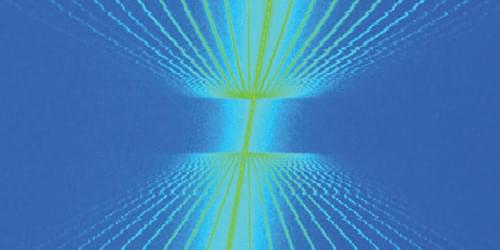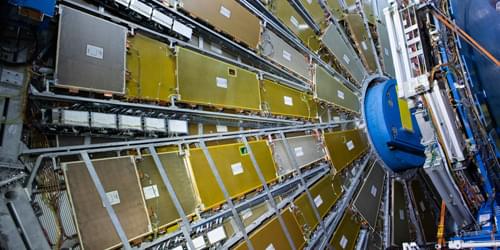Researchers have identified an important gene that could enable more targeted treatment for cancer.
Scientists from Agency for Science, Technology and Research (A*STAR)’s Institute of Molecular and Cell Biology (IMCB) and Genome Institute of Singapore (GIS), as well as the NUS Cancer Science Institute of Singapore (CSI Singapore), National Cancer Centre Singapore (NCCS) and Nanyang Technological University (NTU), have identified an important cancer progression mechanism that is observed in 90 percent of cancer cells. This discovery, which was published in Nucleic Acid Research, will guide further development of cancer specific drugs with potentially fewer side effects.








